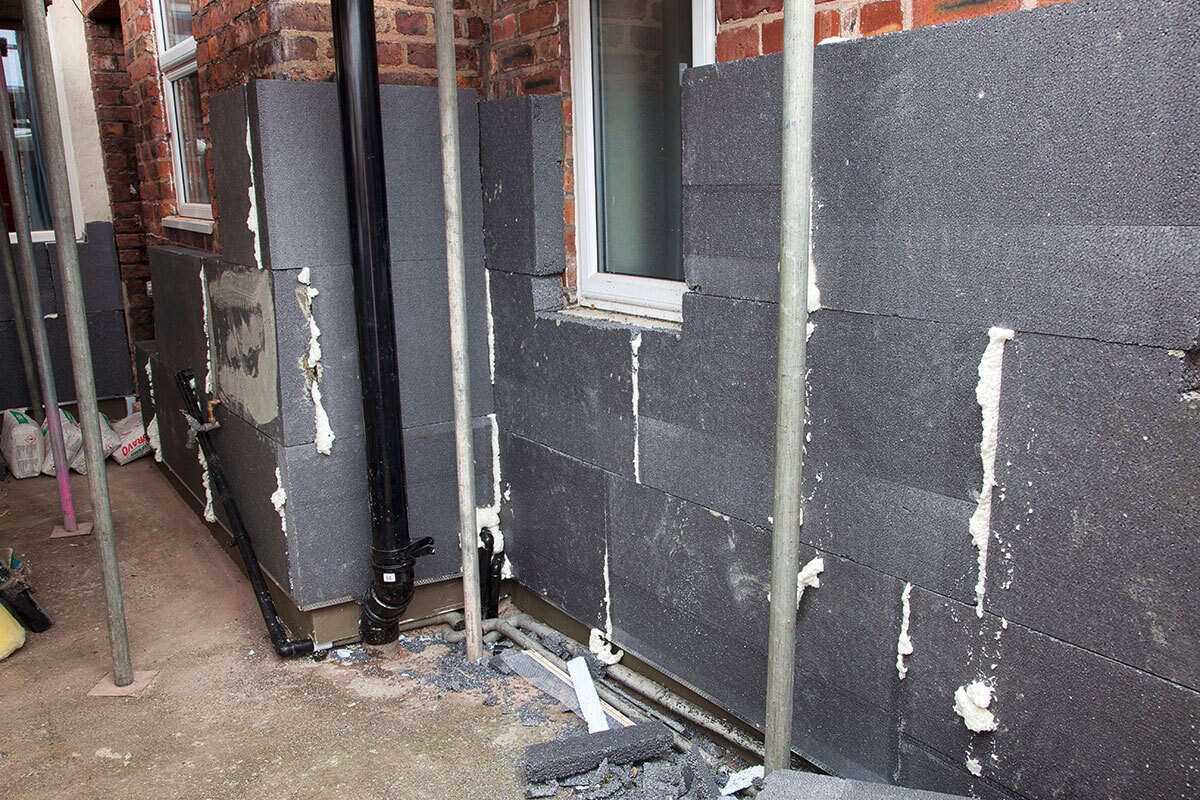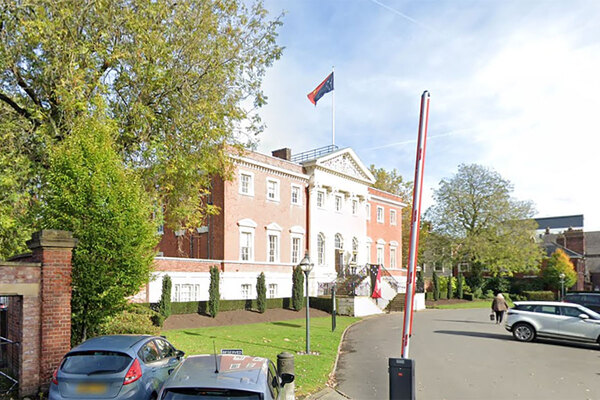You are viewing 1 of your 1 free articles
Waiting for gilts to fall could leave landlords competing for limited investor appetite
Housing associations that are waiting for gilt rates to fall could find themselves in competition with each other due to reduced investor appetite.
Speaking to Inside Housing, a number of sector experts explained how rising rates have impacted the appetite for the sector’s debt on bond markets.
The analysis comes after the Regulator of Social Housing’s (RSH) warned in September that the sector’s financial health has recorded its lowest-ever level of interest cover.
A total of £1.8bn was secured in new finance during the last quarter of the RSH survey, with bank facilities making up the majority of this funding. Mark-to-market exposure on derivatives remained low, with current gross exposure of £100m.
In the same month, a major rating agency warned that the £18bn cost of retrofitting social housing units to Energy Performance Certificate Band C will drive up debt and credit risk across the sector.
Moody’s last look at housing associations in England and their plans to meet the government’s energy-efficiency targets by 2030-35 showed that debt and credit risk will increase because the majority of retrofitting costs will be funded through borrowing.
As a result of the economic headwinds facing the sector, exasperated by the government’s Mini Budget last year, the director of social housing at Chatham Financial told Inside Housing that secondary spreads remain tight for listed housing association credits, across the spectrum of credit quality.
Richard Conway added: “The best credits in the market are trading at circa 85-90bps [basis points] over gilts while the widest are around 150bps.
“In the past 12 months, the largest driver of landlord cost of funds in the capital markets hasn’t been spreads, it’s been underlying benchmark yields on gilts.
“We have seen long-dated 30-year yields rise from 3.5% to highs of 5.11%. Current levels are around 4.75%.”
He explained this is because most landlords have been focused on timing their entry to the market for when these gilt yields fall, allowing them to lock into a lower cost of funds.
For many issuers, 5% would be a level below that they would be happy to transact, at the same time boards are showing reluctance to lock in at levels of 6% or above.
But Mr Conway does not expect gilt yields to fall any time soon with the latest forwards price the 30-year gilt at 4.7% or above for the next 10 years.
He described a similar story for shorter maturities of 10 to 20 years when markets are expecting gilt yields to remain at their current levels or rise further in the medium term.
Mr Conway said: “Waiting exposes housing associations to the danger that spreads widen if a number of large issuers come to the market at the same time, and therefore could find themselves competing for limited investor appetite
“And against other credits outside of the housing sector – of lower credit quality – offering greater risk adjusted returns could create a situation where issuance costs are not materially lower than they are now or may be higher.”
This will result in a widening of spreads and investor pricing as they compete for attention in a more crowded market and create heightened execution risk or force issuers to pay up to get deals completed.
Mr Conway explained that there could be a significant first mover advantage for those ready and willing to fund sooner rather than later, but this will require greater buy-in from the wider business to ensure cost of debt is sustainable in areas such as development appraisals and hurdle rates.
Another expert told Inside Housing that some housing associations have been looking at bond buybacks.
Alice Overton, a partner at Devonshires, said: “Our instructions on short-term loan funding are still far outweighing our debt capital markets related instructions.
“While we have assisted clients with a limited number of tap issues and retained bond sales, we have not seen any immediate indication that housing associations are ready to embark on new issuances or establish EMTN [Euro Medium-Term Note] programmes.
“Indeed, some of the activity has involved bond buybacks, as associations have concluded that they are financially better off buying the bonds back rather than leaving them in place.
“Many of our clients had a very busy period in the bond and private placement markets during lockdown and before we saw the sharp rise in interest rates. Those that did not, or are still looking for more long-term debt, will be waiting for the right moment to take action.”
Ms Overton said it is unlikely this will happen for most landlords before the financial year end in March 2024.
Lucy Grimwood, partner at Winckworth Sherwood, said: “While we have seen more capital markets activity recently than in the latter end of 2022/beginning of 2023, restating existing bank facilities in order to extend liquidity lines do still seem more prevalent.
“Given that bank debt tends to be shorter term than capital markets, and therefore interest rates will be fixed for a shorter period (and break costs lower), this might be expected to remain the case until interest rates start to drop – or they are accepted as the ‘new normal’.
“However, investors continue to show strong appetite for the sector, particularly investors looking to offer sustainable finance.”
This “new normal” was the description given by the RSH last month after it warned that landlords face a V2 rating for financial viability after a number of downgrades and more to be expected by the end of the year.
Sign up for our development and finance newsletter
Already have an account? Click here to manage your newsletters












